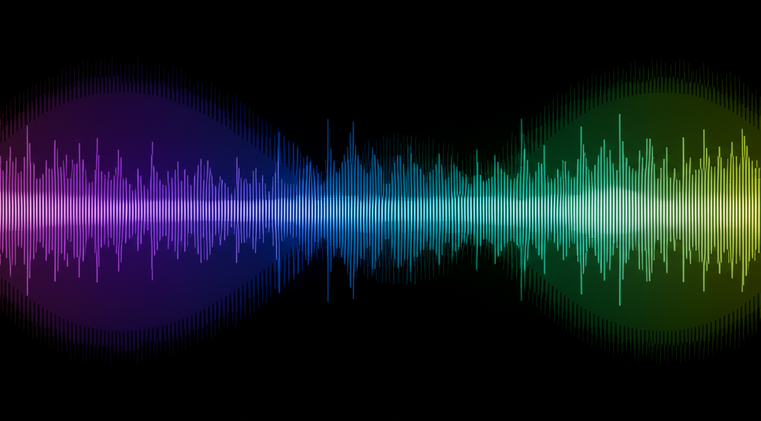In a world where music is a ubiquitous part of our lives, the quality of sound has become more important than ever. Spotify has taken a significant step in this direction by introducing lossless audio quality. This blog delves into the technology behind lossless Spotify, explaining how it enhances audio quality through cutting-edge digital innovations.
What is Lossless Audio?
Lossless audio refers to a format that retains all the original data from the recording, ensuring that the playback is faithful to the original sound. Unlike lossy formats, such as MP3, which compress audio files by removing some data to save space, lossless formats maintain the complete range of sound, allowing listeners to experience music as the artist intended.
Why Spotify’s Lossless Quality Matters
For audiophiles and casual listeners alike, the introduction of lossless audio quality on Spotify represents a significant improvement in music consumption. Here are some key benefits:
- Enhanced Listening Experience: With lossless quality, every detail of a track is preserved, from the softest whispers to the loudest crescendos.
- Better for Music Production: Producers can listen to their tracks in higher fidelity, making it easier to identify nuances and make necessary adjustments.
- Support for High-End Equipment: Audiophiles investing in high-quality audio equipment can finally experience the full potential of their gear.
The Technology Behind Lossless Audio on Spotify
Spotify uses advanced codecs for its lossless audio streaming. The key technology lies in the codecs, which encode and decode the audio files to ensure quality remains intact during playback. Here’s how it works:
- AptX HD: This codec is designed for high-resolution audio streaming over Bluetooth, ensuring minimal latency and maximum quality.
- FLAC (Free Lossless Audio Codec): Spotify may use FLAC for its lossless streaming, providing compression without loss of quality.
- Adaptive Streaming: Spotify utilizes adaptive streaming technology to adjust the bitrate based on the listener’s internet speed, optimizing the sound quality dynamically.
Challenges and Considerations
While the benefits of lossless audio are clear, there are also challenges to consider:
- Data Usage: Streaming lossless audio consumes significantly more data than standard quality, which could be a concern for users with limited data plans.
- Device Compatibility: Not all devices and headphones can fully utilize the benefits of lossless audio, which may limit the listening experience for some users.
- Cost of Subscription: Lossless audio quality is typically offered at a premium pricing tier, which may not be accessible for all users.
Conclusion: Embracing the Future of Music Quality
Lossless Spotify is more than just a feature; it’s a commitment to enhancing the music experience through technology. As listeners, we have the power to choose quality, and Spotify’s investment in lossless audio is a step towards a richer, more vibrant musical landscape.








